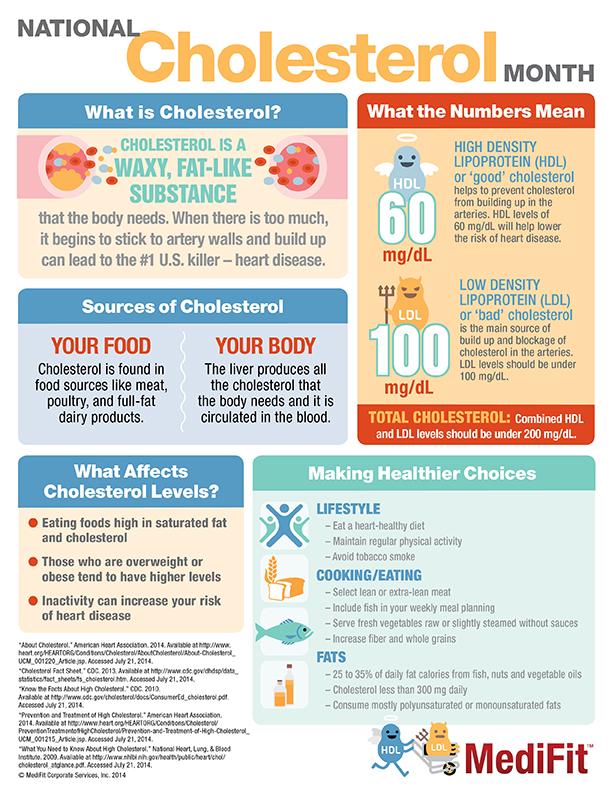Cholesterol levels for kids. Managing Cholesterol Levels in Children: A Comprehensive Guide for Parents
How can parents help manage their children’s cholesterol levels. What are the causes of high cholesterol in kids. When should children be screened for high cholesterol. What are the treatment options for children with high cholesterol.
Understanding Cholesterol in Children’s Health
Cholesterol plays a crucial role in a child’s development, but maintaining proper levels is essential for long-term health. While often associated with adults, cholesterol concerns can affect children as well. Let’s explore the intricacies of cholesterol in pediatric health.
What is cholesterol and why is it important for children?
Cholesterol is a waxy, fat-like substance that the body needs to function properly. It’s essential for building cell membranes, producing hormones, and aiding in digestion. In children, cholesterol is particularly important for brain development and growth. However, too much of certain types of cholesterol can lead to health problems.

Types of cholesterol in children’s bodies
There are several types of cholesterol that are monitored in children:
- Total cholesterol: The sum of all cholesterol types in the blood
- High-density lipoprotein (HDL) cholesterol: Often referred to as “good” cholesterol
- Low-density lipoprotein (LDL) cholesterol: Commonly known as “bad” cholesterol
- Triglycerides: Another type of fat in the blood that can affect cholesterol levels
Understanding these different types is crucial for parents and healthcare providers when assessing a child’s cardiovascular health.
Causes of High Cholesterol in Children
High cholesterol in children can stem from various factors, both genetic and lifestyle-related. Identifying these causes is the first step in managing cholesterol levels effectively.
Genetic factors influencing cholesterol levels
Genetic predisposition plays a significant role in determining a child’s cholesterol levels. Some inherited conditions that can lead to abnormal cholesterol include:

- Familial hypercholesterolemia
- Familial combined hyperlipidemia
- Familial dysbetalipoproteinemia
- Familial hypertriglyceridemia
Children with one or more parents who have high cholesterol are more likely to develop the condition themselves.
Lifestyle and environmental factors
Beyond genetics, several lifestyle and environmental factors can contribute to high cholesterol in children:
- Being overweight or obese
- Consuming an unhealthy diet high in saturated and trans fats
- Lack of physical activity
- Exposure to secondhand smoke
Health conditions associated with high cholesterol
Certain health conditions can also lead to abnormal cholesterol levels in children:
- Diabetes
- Kidney disease
- Liver disease
- Underactive thyroid gland (hypothyroidism)
It’s important for parents to be aware of these potential causes and work closely with healthcare providers to address any underlying health issues.
Screening and Diagnosis of High Cholesterol in Children
Early detection of high cholesterol in children is crucial for preventing long-term health complications. Understanding when and how screening should occur can help parents take proactive steps in managing their child’s health.
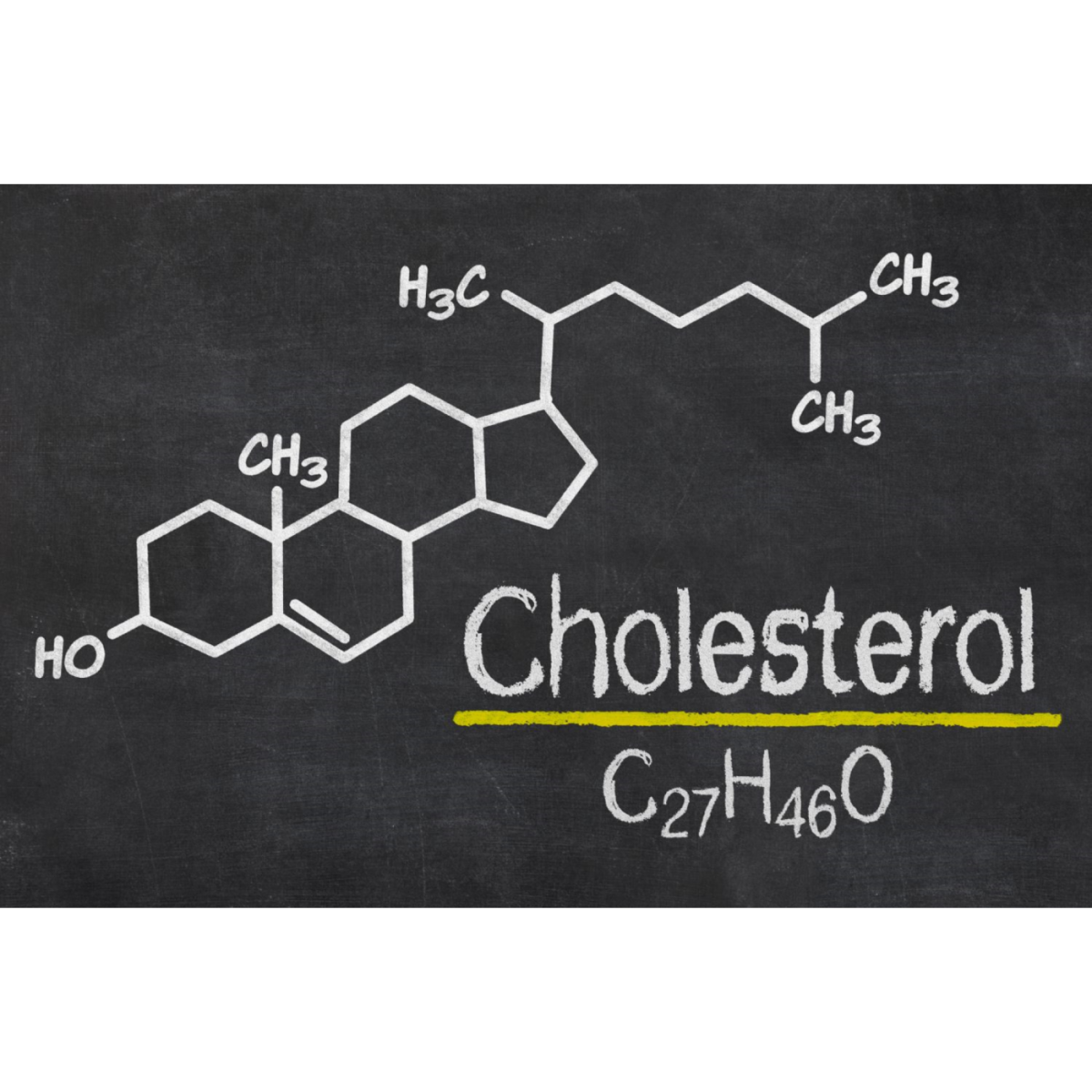
When should children be screened for high cholesterol?
The National Heart, Lung, and Blood Institute recommends cholesterol screening for all children:
- Between ages 9 and 11 years
- Again between ages 17 and 21 years
However, some experts suggest focusing on screening children at higher risk. Factors that increase a child’s risk and may warrant earlier or more frequent screening include:
- Parents with total blood cholesterol of 240 mg/dL or higher
- Family history of heart disease before age 55 in men and age 65 in women
- Presence of risk factors such as diabetes or high blood pressure
- Certain health conditions like kidney disease or Kawasaki disease
- Obesity (BMI in 95th percentile or higher)
- Cigarette smoking
How is high cholesterol diagnosed in children?
Diagnosis of high cholesterol in children typically involves a blood test known as a lipid panel. This test measures various types of cholesterol and triglycerides in the blood. The general targets for children are:

- LDL: Less than 110 mg/dL (lower numbers are better)
- HDL: More than 45 mg/dL (higher numbers are better)
- Total cholesterol: Less than 170 mg/dL (lower numbers are better)
- Triglycerides: Less than 75 mg/dL for children up to 9 years and less than 90 mg/dL for children ages 10 to 19 years (lower numbers are better)
If cholesterol results are abnormal, healthcare providers may recommend additional tests to check for related conditions or underlying causes.
Treatment Approaches for High Cholesterol in Children
Managing high cholesterol in children requires a multifaceted approach that focuses on lifestyle modifications and, in some cases, medical interventions. The goal is to bring cholesterol levels within a healthy range while supporting the child’s overall growth and development.
Lifestyle modifications as the first line of treatment
The primary approach to treating high cholesterol in children involves diet and exercise changes. These lifestyle modifications can significantly impact cholesterol levels and overall health:
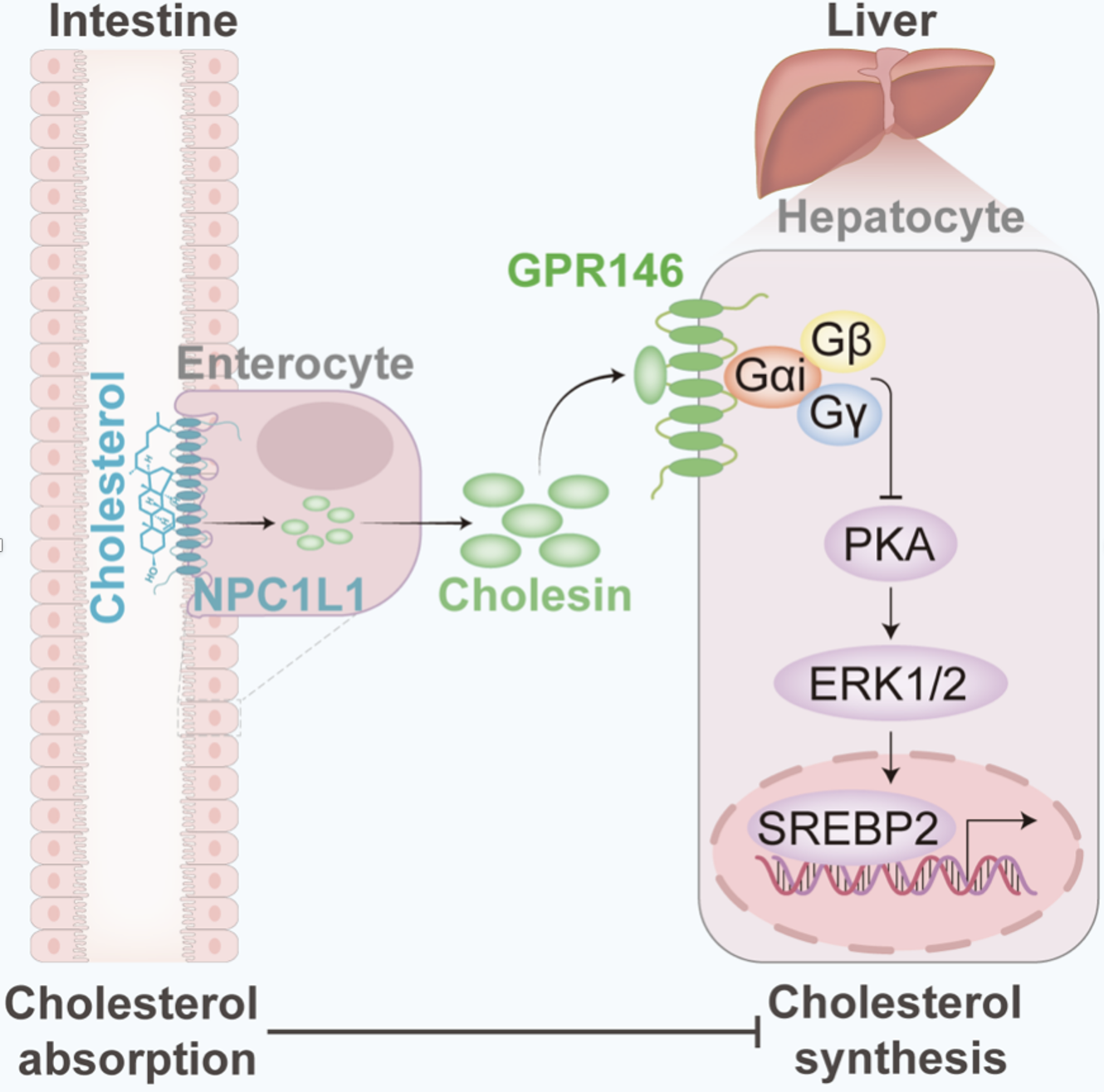
- Dietary changes:
- Increase intake of foods naturally high in fiber (whole grains, fruits, vegetables)
- Choose lean proteins (fish, poultry, legumes)
- Limit saturated and trans fats
- Reduce consumption of processed and high-sugar foods
- Regular physical activity:
- Aim for at least 60 minutes of moderate to vigorous activity daily
- Encourage participation in sports or other physical activities
- Limit screen time and sedentary behaviors
- Weight management:
- If the child is overweight, work with a healthcare provider to develop a safe and effective weight loss plan
- Focus on gradual, sustainable weight loss through healthy eating and increased activity
When medical interventions may be necessary
In some cases, lifestyle changes alone may not be sufficient to manage high cholesterol in children. Medical interventions may be considered in the following situations:
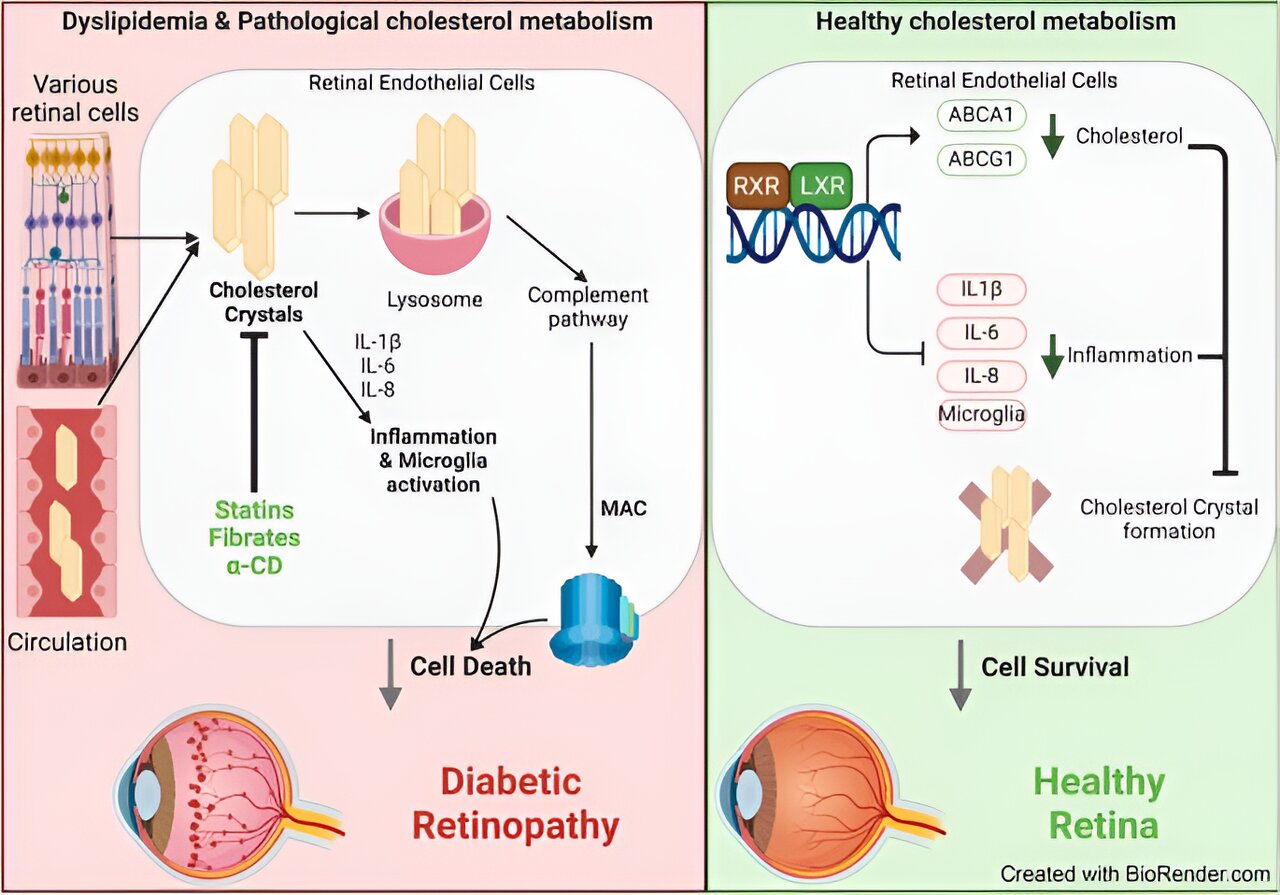
- Genetic disorders causing severe hypercholesterolemia
- Failure to achieve target cholesterol levels through lifestyle modifications
- Presence of additional risk factors or comorbidities
Medical treatments may include:
- Cholesterol-lowering medications:
- Statins (for children typically 10 years and older)
- Bile acid sequestrants
- Cholesterol absorption inhibitors
- Supplements:
- Plant stanols or sterols
- Omega-3 fatty acids (for high triglycerides)
It’s crucial to note that medication should only be prescribed under close medical supervision, considering the child’s age, overall health, and potential side effects.
The Role of Parents in Managing Children’s Cholesterol
Parents play a pivotal role in helping their children maintain healthy cholesterol levels. By fostering a supportive environment and leading by example, parents can significantly impact their child’s cardiovascular health.
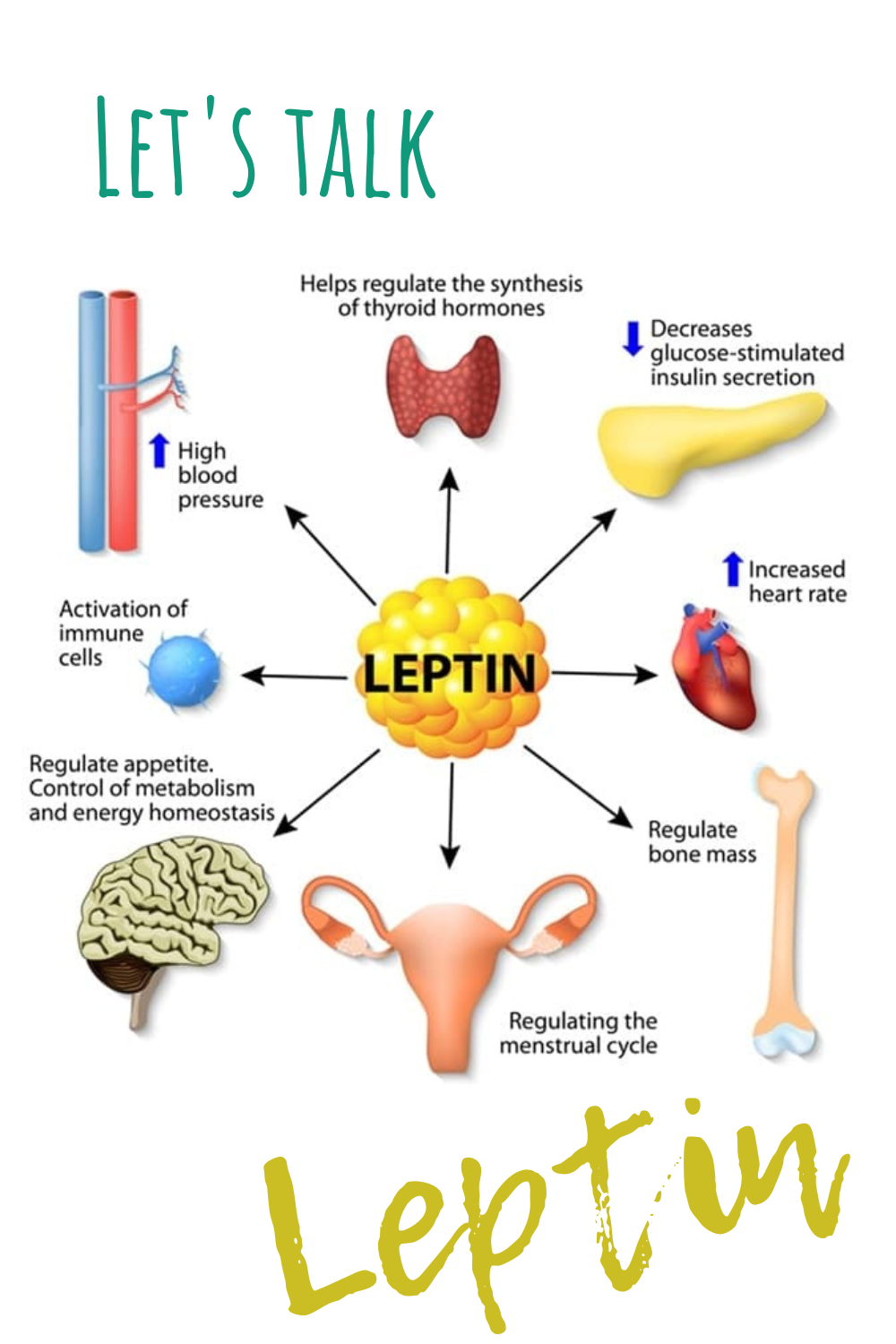
Creating a heart-healthy home environment
Establishing a heart-healthy home environment is crucial for managing children’s cholesterol levels. Here are some strategies parents can implement:
- Stock the kitchen with nutritious, low-fat foods
- Prepare meals that are rich in fruits, vegetables, and whole grains
- Limit the availability of high-sugar and high-fat snacks
- Encourage family meals and avoid eating in front of the television
- Create opportunities for physical activity as a family
- Maintain a smoke-free home
Educating children about heart health
Empowering children with knowledge about heart health can help them make informed decisions. Parents can:
- Explain the basics of cholesterol and its impact on health in age-appropriate terms
- Teach children how to read food labels and make healthier choices
- Discuss the importance of regular physical activity
- Encourage children to ask questions about their health and wellness
Supporting children through lifestyle changes
Implementing lifestyle changes can be challenging for children. Parents can provide support by:

- Being positive role models by adopting healthy habits themselves
- Involving children in meal planning and preparation
- Making physical activities fun and engaging for the whole family
- Praising efforts and progress rather than focusing solely on results
- Working with schools to ensure healthy options are available in cafeterias
Long-term Monitoring and Management of Cholesterol in Children
Managing cholesterol in children is an ongoing process that requires consistent monitoring and adjustments. Long-term management strategies are essential for maintaining cardiovascular health into adulthood.
Regular follow-up and testing
Ongoing monitoring of cholesterol levels is crucial for children diagnosed with high cholesterol. The frequency of follow-up tests may vary depending on the child’s initial results and response to treatment. Generally, healthcare providers may recommend:
- Annual lipid panels for children with borderline high cholesterol
- More frequent testing for children with significantly elevated levels or those on medication
- Regular check-ups to assess overall health and growth
Adjusting treatment plans as children grow
As children grow and develop, their cholesterol management plans may need to be adjusted. Factors that may necessitate changes in treatment include:

- Changes in body composition and metabolism during puberty
- Shifts in dietary habits or physical activity levels
- Development of new risk factors or health conditions
- Response to current treatment approaches
Healthcare providers should work closely with families to tailor treatment plans to the child’s changing needs and circumstances.
Transitioning to adult care
As children with high cholesterol approach adulthood, it’s important to plan for the transition to adult healthcare. This process may involve:
- Educating teens about their condition and the importance of ongoing management
- Gradually increasing the child’s involvement in their own healthcare decisions
- Identifying adult healthcare providers who specialize in lipid disorders
- Ensuring a smooth transfer of medical records and treatment history
- Discussing lifestyle changes that may come with adulthood (e.g., college, career, family planning) and their potential impact on cholesterol management
Emerging Research and Future Directions in Pediatric Cholesterol Management
The field of pediatric cholesterol management is continually evolving, with new research shedding light on more effective strategies for diagnosis, treatment, and prevention. Staying informed about these developments can help families and healthcare providers make the best decisions for children’s cardiovascular health.

Advancements in genetic testing and personalized medicine
Recent advances in genetic testing are opening new avenues for identifying children at risk for hereditary cholesterol disorders. This progress in personalized medicine may lead to:
- Earlier detection of genetic predispositions to high cholesterol
- More tailored treatment approaches based on a child’s genetic profile
- Improved understanding of how genes interact with lifestyle factors to influence cholesterol levels
Novel therapeutic approaches
Research into new treatments for high cholesterol in children is ongoing. Some promising areas of investigation include:
- PCSK9 inhibitors: A new class of cholesterol-lowering drugs that may be suitable for children with certain genetic disorders
- RNA interference therapies: Targeting specific genes involved in cholesterol metabolism
- Microbiome-based interventions: Exploring the role of gut bacteria in cholesterol regulation
- Nanotechnology: Developing more effective drug delivery systems for cholesterol-lowering medications
Focus on prevention and early intervention
There is a growing emphasis on preventing high cholesterol in children before it becomes a problem. This shift in focus includes:
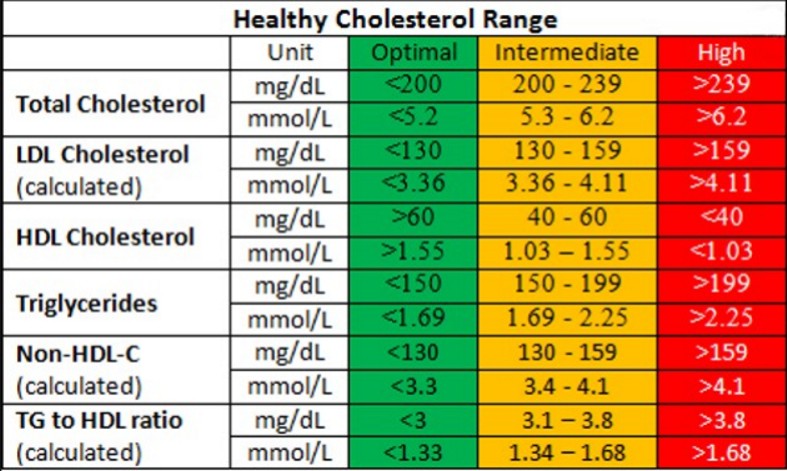
- Research into prenatal and early childhood factors that influence lifelong cholesterol levels
- Development of more accurate risk assessment tools for pediatric populations
- Implementation of community-based interventions to promote heart-healthy lifestyles from an early age
- Integration of cholesterol education into school health curricula
As research in these areas progresses, it’s likely that our approach to managing cholesterol in children will become more sophisticated and effective, leading to better long-term health outcomes for future generations.
High cholesterol – children Information | Mount Sinai
Lipid disorders – children; Hyperlipoproteinemia – children; Hyperlipidemia – children; Dyslipidemia – children; Hypercholesterolemia – children
Cholesterol is a fat (also called a lipid) that the body needs to work properly. There are many types of cholesterol. The ones talked about most are:
- Total cholesterol – all the cholesterols combined
- High density lipoprotein (HDL) cholesterol – called good cholesterol
- Low density lipoprotein (LDL) cholesterol – called bad cholesterol
Too much bad cholesterol can increase the chance of getting heart disease, stroke, and other problems.
This article is about high cholesterol in children.
Causes
Most children with high cholesterol have one or more parent who has high cholesterol. The main causes of high cholesterol in children are:
The main causes of high cholesterol in children are:
- Family history of high cholesterol
- Being overweight or obese
- Unhealthy diet
Certain health conditions can also lead to abnormal cholesterol, including:
- Diabetes
- Kidney disease
- Liver disease
- Underactive thyroid gland
Several disorders that are passed down through families lead to abnormal cholesterol and triglyceride levels. They include:
- Familial hypercholesterolemia
- Familial combined hyperlipidemia
- Familial dysbetalipoproteinemia
- Familial hypertriglyceridemia
Exams and Tests
A cholesterol test is done to diagnose high blood cholesterol.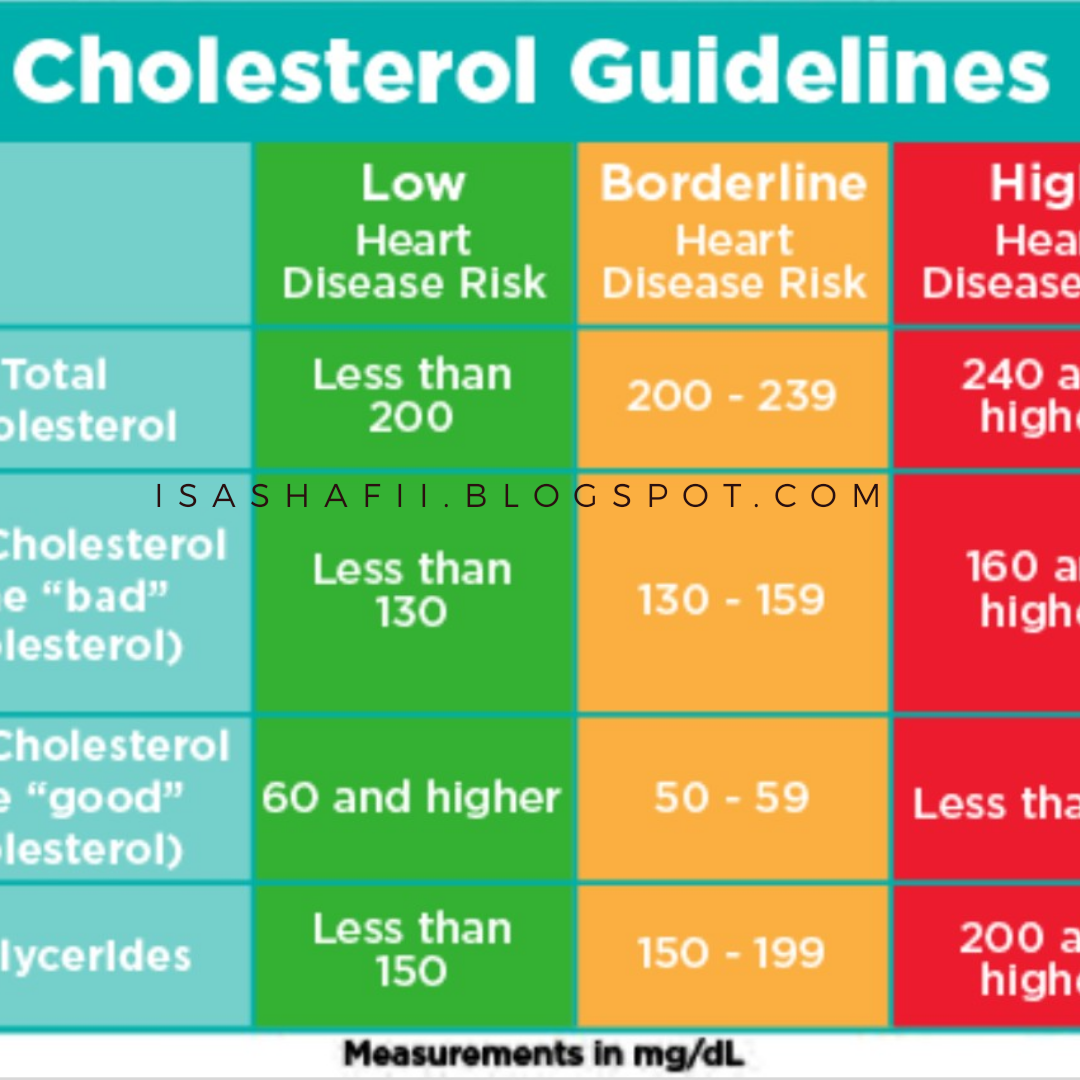
Guidelines from the National Heart, Lung, and Blood Institute recommend screening all children for high cholesterol:
- Between ages 9 and 11 years
- Again between ages 17 and 21 years
However, not all expert groups recommend screening all children and instead focus on screening children at higher risk. Factor that increase a child’s risk include:
- The child’s parents have total blood cholesterol of 240 mg/dL or higher
- The child has a family member with a history of heart disease before age 55 in men and age 65 in women
- The child has risk factors, such as diabetes or high blood pressure
- The child has certain health conditions, such as kidney disease or Kawasaki disease
- The child is obese (BMI in 95th percentile)
- The child smokes cigarettes
General targets for children are:
- LDL — Less than 110 mg/dL (lower numbers are better).
- HDL — More than 45 mg/dL (high numbers are better).

- Total cholesterol — Less than 170 mg/dL (lower numbers are better).
- Triglycerides — Less than 75 for child up to 9 years and less than 90 for child ages 10 to 19 years (lower numbers are better).
If cholesterol results are abnormal, children may also have other tests such as:
- Blood sugar (glucose) test to look for diabetes
- Kidney function tests
- Thyroid function tests to look for an underactive thyroid gland
- Liver function tests
Your child’s health care provider also may ask about a medical or family history of:
- Diabetes
- Hypertension
- Obesity
- Poor food habits
- Lack of physical activity
- Tobacco use
Treatment
The best way to treat high cholesterol in children is with diet and exercise. If your child is overweight, losing excess weight will help treat high cholesterol. But you should not restrict your child’s diet unless your child’s provider recommends it. Instead, offer healthy foods and encourage physical activity.
If your child is overweight, losing excess weight will help treat high cholesterol. But you should not restrict your child’s diet unless your child’s provider recommends it. Instead, offer healthy foods and encourage physical activity.
DIET AND EXERCISE
Help your child make healthy food choices by following these guidelines:
- Eat foods that are naturally high in fiber and low in fat, such as whole grains, fruits, and vegetables
- Use low-fat toppings, sauces, and dressings
- Avoid foods that are high in saturated fat and added sugar
- Use skim milk or low-fat milk and milk products
- Avoid sugary drinks, such as soda and flavored fruit drinks
- Eat lean meat and avoid red meat
- Eat more fish
Encourage your child to be physically active. Children ages 5 years and older should be active at least 1 hour a day. Other things you can do include:
- Be active as a family. Plan walks and bike rides together instead of playing video games.

- Encourage your child to join school or local sports teams.
- Limit screen time to no more than 2 hours a day.
Other steps include teaching children about the dangers of tobacco use.
- Make your home a smoke-free environment.
- If you or your partner smoke, try to quit. Never smoke around your child.
DRUG THERAPY
Your child’s provider may want your child to take medicine for cholesterol if lifestyle changes do not work. For this the child must:
- Be at least 10 years old.
- Have an LDL cholesterol level 190 mg/dL or higher after 6 months of following a healthy diet.
- Have an LDL cholesterol level 160 mg/dL or higher with other risk factors.
- Have family history of cardiovascular disease.
- Have one or more risk factors for cardiovascular disease.
Children with very high cholesterol may need to start these medicines earlier than age 10. Your child’s doctor will tell you if this may be needed.
There are several types of drugs to help lower blood cholesterol levels. The drugs work in different ways. Statins are one kind of drug that lowers cholesterol and has been proven to reduce the chance of heart disease.
Outlook (Prognosis)
High cholesterol levels can lead to hardening of the arteries, also called atherosclerosis. This occurs when fat, cholesterol, and other substances build up in the walls of arteries and form hard structures called plaques.
Over time, these plaques can block the arteries and cause heart disease, stroke, and other symptoms or problems throughout the body.
Disorders that are passed down through families often lead to higher cholesterol levels that are harder to control.
Brothers JA, Daniels SR. Special patient populations: children and adolescents. In: Ballantyne CM, ed. Clinical Lipidology: A Companion to Braunwald’s Heart Disease. 2nd ed. Philadelphia, PA: Elsevier Saunders; 2015:chap 37.
Bredefeld CL, Lau R, Hussain MM. Lipids and dyslipoproteinemia. In: McPherson RA, Pincus MR, eds. Henry’s Clinical Diagnosis and Management by Laboratory Methods. 24th ed. Philadelphia, PA: Elsevier; 2022:chap 18.
Daniels SR, Couch SC. Lipid disorders in children and adolescents. In: Sperling MA, ed. Sperling Pediatric Endocrinology. 5th ed. Philadelphia, PA: Elsevier; 2021:chap 25.
Kliegman RM, St. Geme JW, Blum NJ, Shah SS, Tasker RC, Wilson KM. Defects in metabolism of lipids. In: Kliegman RM, St. Geme JW, Blum NJ, Shah SS, Tasker RC, Wilson KM, eds. Nelson Textbook of Pediatrics.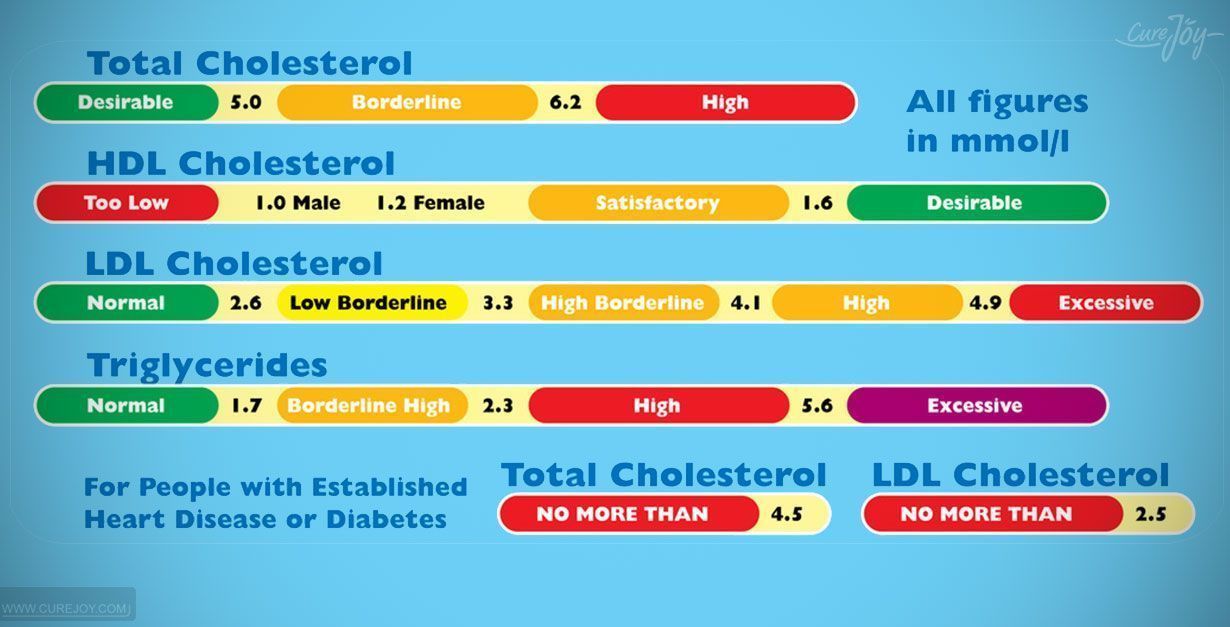 21st ed. Philadelphia, PA: Elsevier; 2020:chap 104.
21st ed. Philadelphia, PA: Elsevier; 2020:chap 104.
Meeusen JW, Ueda M, Nordestgaard BG, Remaley AT. Lipids and lipoproteins. In: Rifai N, Chiu RWK, Young I, Burnham CAD, Wittwer CT, eds. Tietz Textbook of Laboratory Medicine. 7th ed. St Louis, MO: Elsevier; 2023:chap 36.
Park MK, Salamat M. Dyslipidemia and other cardiovascular risk factors. In: Park MK, Salamat M, eds. Park’s Pediatric Cardiology for Practitioners. 7th ed. Philadelphia, PA: Elsevier; 2021:chap 33.
US Preventive Services Task Force; Bibbins-Domingo K, Grossman DC, Curry SJ, et al. Screening for lipid disorders in children and adolescents: US Preventive Services Task Force Recommendation Statement. JAMA. 2016;316(6):625-633. PMID: 27532917 pubmed.ncbi.nlm.nih.gov/27532917/.
Last reviewed on: 7/3/2022
Reviewed by: Neil K. Kaneshiro, MD, MHA, Clinical Professor of Pediatrics, University of Washington School of Medicine, Seattle, WA. Also reviewed by David C. Dugdale, MD, Medical Director, Brenda Conaway, Editorial Director, and the A. D.A.M. Editorial team.
D.A.M. Editorial team.
High cholesterol in children – WebMD
Written by WebMD Editorial Contributors
- What Causes High Cholesterol in Children?
- How Is High Cholesterol Diagnosed in Children?
- How Is High Cholesterol in Children Treated?
Adults are not the only people affected by high cholesterol. Children also may have high levels of cholesterol, which can cause health problems, especially problems with heart disease, when the child gets older. Too much cholesterol leads to the build-up of plaque on the walls of the arteries, which supply blood to the heart and other organs. Plaque can narrow the arteries and block the blood flow to the heart, causing heart problems and stroke.
Cholesterol levels in children are mostly linked to three risk factors:
- Heredity (passed on from parent to child)
- Diet
- Obesity
In most cases, kids with high cholesterol have a parent who also has elevated cholesterol.
Health care professionals can check cholesterol in school-age children with a simple blood test. Conducting such a test is especially important if there is a strong family history of heart disease or if a parent of the child has high cholesterol. The blood test results will reveal whether a child’s cholesterol is too high.
The National Heart, Lung, and Blood Institute (NHLBI) the American Academy of Pediatrics recommend that all children should be screened once between ages 9 and 11 and again between ages 17 and 21.
Selective screening is recommended for kids with type 1 or 2 diabetes, or a family history of high cholesterol or a family history of premature heart disease (age 55 or younger for men, age 65 or younger for women). Screening is also recommended for kids who have a body mass index (BMI) greater than the 95th percentile in children ages ages 2-8 or in older children (ages 12 to 16) with a BMI greater than the 85th percentile and who have other risk factors such as exposure to tobacco smoke, diabetes, or high blood pressure.
First screening is recommended after age 2, but no later than age 10. Children under age 2 should not be screened. If the fasting lipid profile is normal, a child should be screened again in 3 to 5 years.
For kids who are overweight or obese and who have a high blood-fat level or low level of “good” HDL cholesterol, weight management is the primary treatment. This means improved diet with nutritional counseling and increased physical exercise.
For kids aged 10 years and older with extremely high cholesterol levels (or high levels with a family history of early heart disease), drug treatment should be considered.
The best way to treat cholesterol in children is with a diet and exercise program that involves the entire family. Here are some tips.
- Eat foods low in total fat, saturated fat, trans fat, simple sugars, and cholesterol. The amount of total fat a child consumes should be 30% or less of daily total calories.
 This suggestion does NOT apply to children under the age of 2. Saturated fat should be kept to less than 10% of daily total calories while trans fat should be avoided. For children in the high-risk group, saturated fat should be restricted to 7% of total calories and dietary cholesterol to 200 milligrams a day.
This suggestion does NOT apply to children under the age of 2. Saturated fat should be kept to less than 10% of daily total calories while trans fat should be avoided. For children in the high-risk group, saturated fat should be restricted to 7% of total calories and dietary cholesterol to 200 milligrams a day. - Select a variety of foods so your child can get all the nutrients they need.
- Exercise regularly. Regular aerobic exercise, such as biking, running, walking, and swimming, can help raise HDL levels (the “good” cholesterol) and lower your child’s risk for cardiovascular disease.
Here are some examples of healthy foods to give your child.
- For breakfast: Fruit, nonsugary cereal, oatmeal, and low-fat yogurt are among the good choices for breakfast foods. Use skim or 1% milk rather than whole or 2% milk (after age 2, or as recommended by your doctor).

- For lunch and dinner: Bake or grill foods instead of frying them. Use whole-grain breads and rolls to make a healthier sandwich. Also, give your child whole-grain crackers with soups, chili, and stew. Prepare pasta, beans, rice, fish, skinless poultry, or other dishes. Always serve fresh fruit (with the skin) with meals.
- For snacks: Fruits, vegetables, breads, and cereals make great snacks for children. Children should avoid soda, juice, and fruit drinks.
If diet and exercise alone doesn’t improve your child’s cholesterol level, your child may need to take medication such as cholesterol-lowering statin drugs.
A child’s cholesterol level should be retested and monitored after dietary changes are made or medication started as recommended by your child’s health care provider.
Top Picks
HOW TO LOWER THE LEVEL OF CHOLESTEROL: MEDICATION AND NON-MEDICATION METHODS
Contents:
According to the Ministry of Health, heart and vascular diseases are the main cause of death in Russia.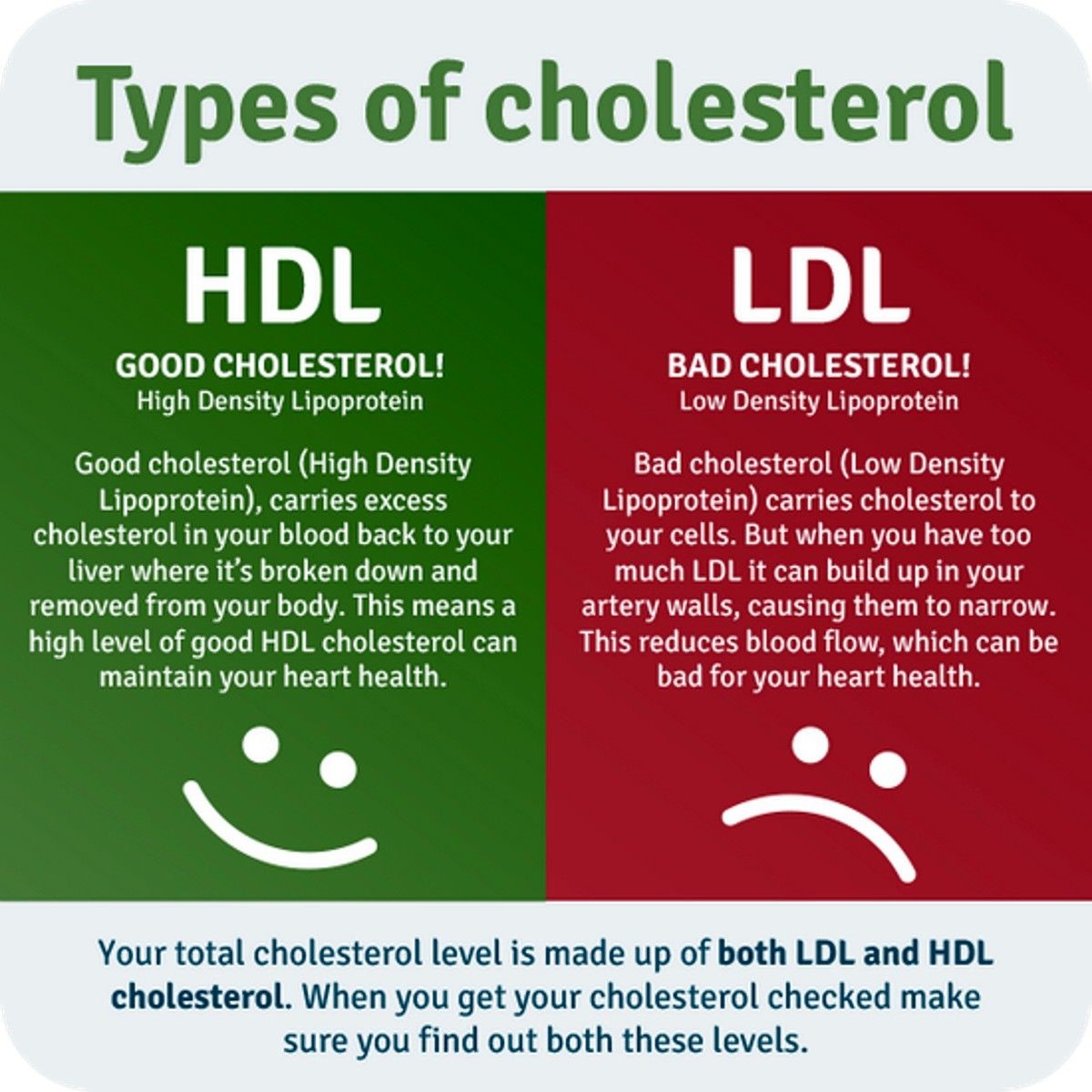 The higher the cholesterol, the more likely you are to die from heart problems or get complications. To protect yourself, it is important to know the norm indicators and ways to reduce high cholesterol.
The higher the cholesterol, the more likely you are to die from heart problems or get complications. To protect yourself, it is important to know the norm indicators and ways to reduce high cholesterol.
Why should you monitor your cholesterol levels?
Cholesterol control is a proven way to protect yourself from serious diseases. The double danger is that high cholesterol does not manifest itself for a long time, and symptoms appear only against the background of complications.
The sooner you start monitoring its level, the higher the chance to avoid irreversible consequences:
- heart attack;
- stroke;
- atherosclerosis;
- coronary heart disease;
- heart failure;
- diseases of the central and peripheral vessels.
It is completely impossible to get rid of cholesterol, and it is not necessary, because it performs important vital functions in the body. “Good” cholesterol is part of cell membranes, promotes cell repair, synthesizes the substances we need: vitamin D, sex hormones and bile.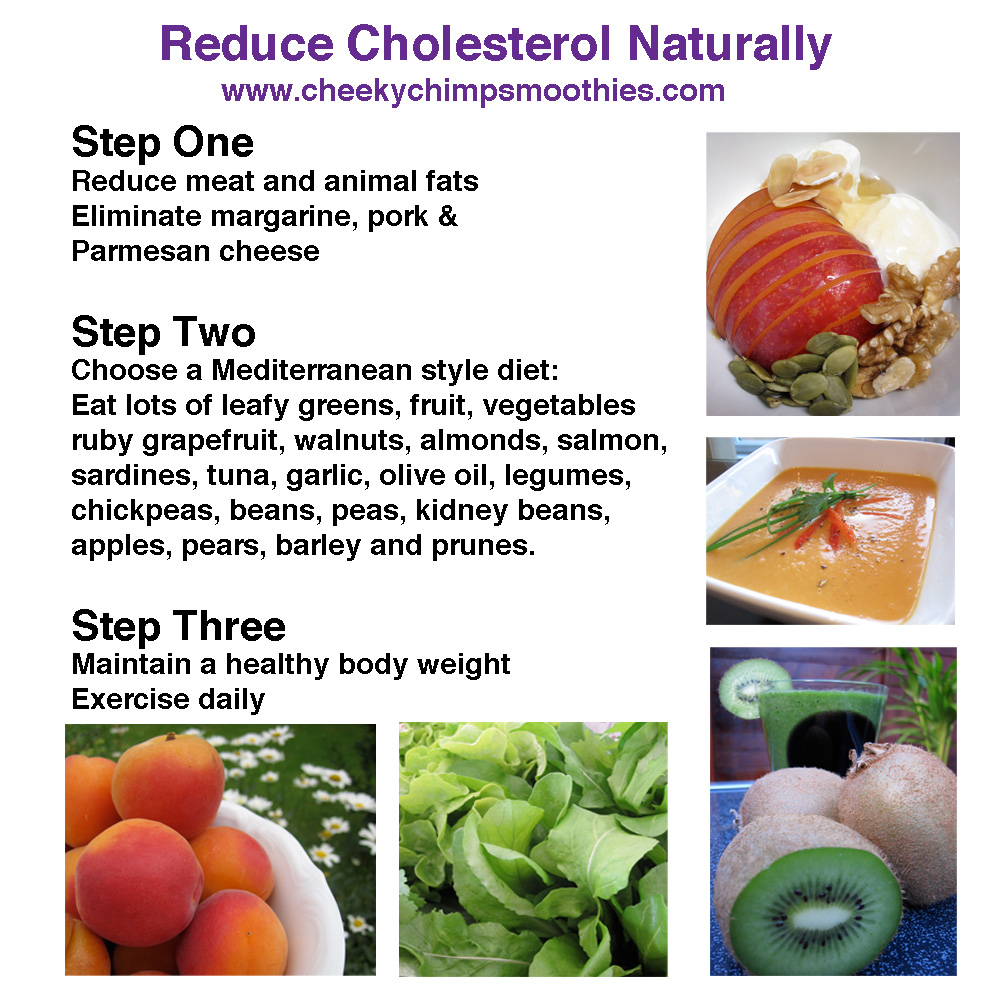
Therefore, it is important to monitor your cholesterol levels regularly, and this can be done with a blood test. For starters, you can take a simple analysis that will show total cholesterol. Further, if the results are high, the doctor will refer you to a detailed analysis – a lipid profile. It shows the ratio of “good” and “bad” cholesterol, as well as the amount of triglycerides in the blood. Based on the results, you will be able to start treatment in a timely manner.
Is the norm for everyone the same?
Cholesterol levels vary for certain people. And what is high for some is normal for others. Only a doctor will give the correct interpretation of your tests, since acceptable indicators will vary from person to person and depend on pressure, blood sugar, and the presence of other diseases. Norm indicators may differ depending on:
Age. The older the person, the higher the risk of developing hypercholesterolemia. Therefore, starting from the age of 35, it is necessary to regularly check and monitor cholesterol levels. It is a mistake to think that this problem concerns only the elderly. High cholesterol is diagnosed in young people, and even in children.
It is a mistake to think that this problem concerns only the elderly. High cholesterol is diagnosed in young people, and even in children.
Inheritance. The predisposition to high cholesterol can be inherited. Familial hypercholesterolemia is a genetic disorder that affects the liver’s ability to regulate “bad” cholesterol. The disease can manifest itself in childhood and be severe, requiring medication, or in adulthood, in a milder form. If your close relatives have high cholesterol levels or problems with the heart and blood vessels, then this is a reason to start taking control of your health.
Sex. In middle age, high cholesterol is more often found in men, but during and after menopause, women become prone to this problem as often as men. In addition, cholesterol in women rises during pregnancy – it is necessary for the proper development of the child. The following shows how the scores vary by gender:
Medications to lower cholesterol
If the scores are high, the patient is prescribed special medications to lower “bad” cholesterol.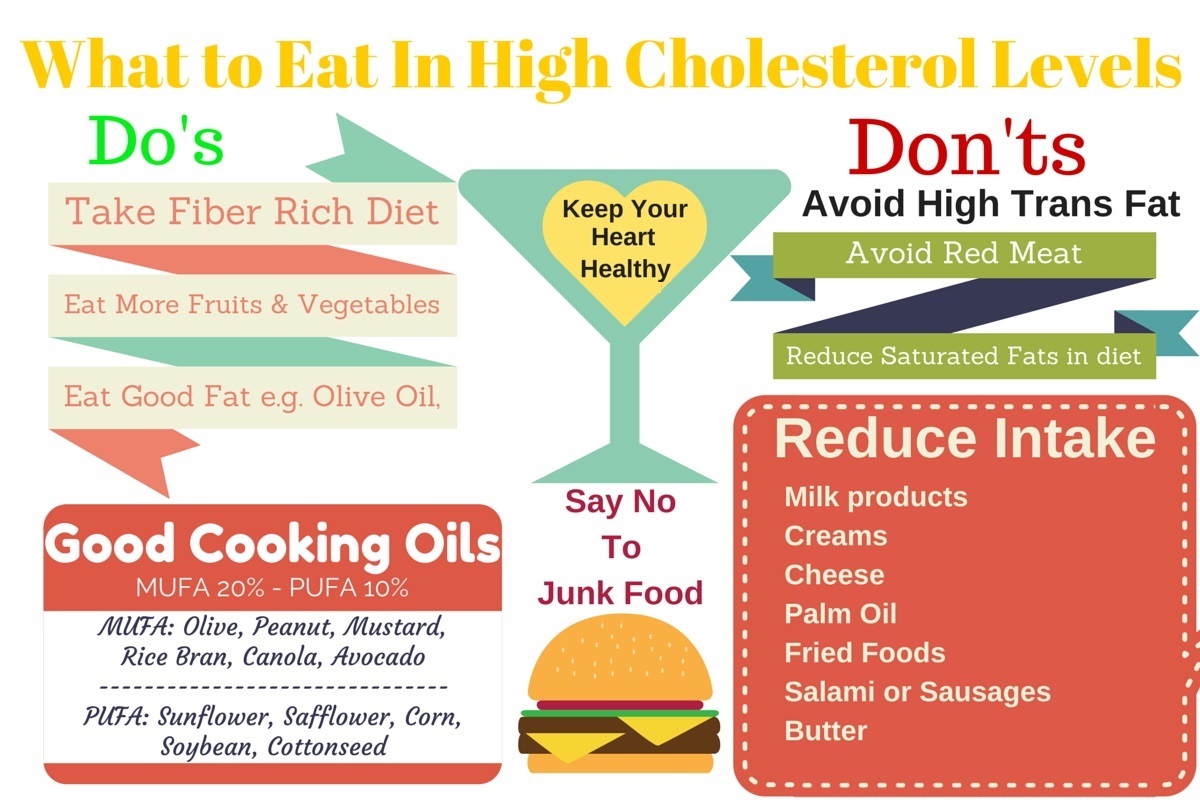 These drugs include statins, vitamin B, omega-3s, bile acid, and fibrates.
These drugs include statins, vitamin B, omega-3s, bile acid, and fibrates.
Statins are the first line of treatment for high cholesterol. They enhance the processing of “bad” cholesterol and suppress its synthesis, and also contribute to the prevention of atherosclerosis and heart disease.
However, synthetic drugs can have side effects and should only be taken as directed by a physician. An alternative may be non-drug treatment, which we will discuss below.
Non-drug ways to lower cholesterol
Dietary supplements, dietary changes, daily exercise, bad habits, weight management are few that can be called non-drug treatments. Here the desire of the person himself to switch to the right lifestyle and lower cholesterol levels is important. For non-drug treatment, doctors recommend the following:
HEALTHY HEART FORMULA
Give up bad habits. Alcohol abuse and smoking increase the growth of “bad” cholesterol, which settles on the walls of blood vessels. Treatment will be meaningless if you continue to drink and smoke.
Treatment will be meaningless if you continue to drink and smoke.
Make physical activity a habit. Sport is a faithful assistant on the way to recovery. Active physical activity makes it possible not only to reduce “bad” cholesterol in men and women, but also to increase “good”. Cardio exercises are best suited for this: walking, brisk walking, aerobics, jogging. The main thing is regularity, otherwise no loads will work.
Normalize nutrition. A proper diet involves avoiding trans fats and saturated fats. They are found in fast food, fried foods, meat and dairy products, convenience foods and margarine. This food should be excluded from the diet, as it affects the growth of cholesterol. What foods lower cholesterol?
- Fiber is a proven remedy for high cholesterol. Vegetables, fruits, beans, berries, white rice and wheat, oats, barley and nuts contain fiber, vitamins and beneficial elements.
- Legumes will help reduce “bad” cholesterol and have a positive effect on digestion.
 The legume family includes beans, peas, chickpeas and mung beans.
The legume family includes beans, peas, chickpeas and mung beans. - Whole grains remove excess cholesterol and reduce the risk of complications.
- Nuts contain a large amount of unsaturated fatty acids and useful elements. The main thing is not to overeat, because they have a lot of calories.
- Spices help lower cholesterol. Garlic will have a beneficial effect, due to the high content of natural statins in it. But this method is not suitable for people with digestive problems.
Vitamin and probiotic complexes
As we already know, synthetic drugs are not for everyone, as they have side effects, including sarcopenia. An alternative can be a probiotic complex Lactoflorene® Cholesterol.
The complex includes:
- Natural statin – red fermented rice (Monacolin K 10 mg),
- Nicotinomide (vitamin of the PP group),
- Powerful antioxidant Coenzyme Q10
- Most studied bifidobacteria Bifidobacterium longum BB536.

It is this composition of the product that allows not only to reduce the “bad” cholesterol produced by the liver, but also to increase the level of “good” cholesterol.
Only a doctor can decide how and what is the best way to lower cholesterol. Statins are the basic drug for the treatment of hypercholesterolemia: they protect blood vessels from damage, reduce the risk of heart attack and stroke. But you should not forget that treatment even with the most modern drugs will not be effective if you do not change your lifestyle.
CHOLESTEROL UNDER CONTROL WITH
CHOLESTEROL
gluten free
lactose free
HELP TO MAINTAIN
NORMAL CHOLESTEROL LEVEL
- prevention and maintenance of normal blood cholesterol levels
- control of cholesterol levels in people with moderate hypercholesterolemia
- reduced risk of cardiovascular disease
- prevention and maintenance of the normal functioning of the cardiovascular system
made in italy
causes, symptoms, treatment ❗️☘️ ( ͡ʘ ͜ʖ ͡ʘ)
Cholesterol problems occur at different ages, including children. To prescribe an effective treatment, it is necessary to find out the reasons for the increase in cholesterol levels. What is the norm, what tests should be taken and how to eat right?
To prescribe an effective treatment, it is necessary to find out the reasons for the increase in cholesterol levels. What is the norm, what tests should be taken and how to eat right?
Photo: sunhome.ru
So, high cholesterol in a child – causes, symptoms and treatments.
0004
Contents
Determination of cholesterol
This is an organic compound. Cholesterol is a fatty alcohol in structure. It performs many functions in the body, is part of cell membranes and is necessary for the production of vitamin D, steroid hormones and bile acids. Up to 80% of cholesterol is produced in the body, and the remaining 20% comes from food. If the metabolism is working normally, when you eat food with an excess amount of cholesterol, its formation in the body will be limited.
Every age has its own cholesterol norm. For example:
- Infants under 1 month of age should have cholesterol levels between 1.6 and 3 mmol/l.
- In children from 1 month to 1 year, this indicator ranges from 1.
 8 to 3.7 mmol/L.
8 to 3.7 mmol/L. - 1 to 12 years ‒ 3.7-4.5 mmol/l.
- From 12 years old and in adults – up to 5 mmol / l.
This is the optimal cholesterol level. It reduces the risk of developing pathologies of the cardiovascular system.
Causes of high cholesterol levels in children
This indicator is primarily affected by hereditary hypercholesterolemia. This is not a disease, but a condition or symptom that disrupts the normal functioning of the heart and the blood vessels that feed it.
Cholesterol levels can be explained by malnutrition and a sedentary lifestyle. In medicine, this is called hypodynamia. According to statistics, children and adolescents who have been diagnosed with obesity or overweight are often at risk. Doctors say that every year their number increases. At the moment, up to 18% of children in Russia are obese, although in the Soviet Union this figure did not exceed 3%. Previously, fast food was not so common, but now it is available at almost every step.
How to find out the level of cholesterol in the body
In case of any suspicion of abnormal cholesterol levels, it is necessary to donate blood from a vein on an empty stomach. This is how the total cholesterol level is checked. In addition, doctors recommend taking an extended blood test.
Photo: v5.eva.ru
Recommendations for high cholesterol
First of all, you need to pay attention to the diet. There is a lot of cholesterol in chicken yolks, beef brains, liver, butter, shrimp and crabs. But most products can be replaced, for example:
- You can eat whole grain instead of regular bread.
- Meat soups can be replaced with vegetable ones.
- Boil eggs instead of scrambled eggs.
- Butter and margarine should be replaced with any vegetable oil.
- Sour cream is suitable instead of mayonnaise.
It is necessary to eat less fatty meat, sausages. If you pay attention to the diet, there will be no problems with cholesterol and overweight.
Dietician and nutritionist advice
Children’s nutritionist and nutritionist Yulia Bachurina commented on this issue, spoke about the causes, diagnosis of high cholesterol and what needs to be done to avoid this problem:
The main most common cause of high cholesterol in a child is genetics – genetic hypercholesterolemia, which in most cases is benign. The second reason is malfunction of the thyroid gland. Often this is a lack of thyroid hormones, which affect all types of metabolism, including fat metabolism.
Therefore, if the cause of high cholesterol is poor thyroid function, then the child is prescribed the delivery of the hormone TSH, T3 (free), T4 (free). If TSH is above 2-2.5, then this is already a cause for concern.
The next reason is nutritional problems – the abuse of fast food, a large amount of simple carbohydrates, the lack of normal high-quality fats in the child’s diet, including saturated ones. All this can lead to high cholesterol levels.


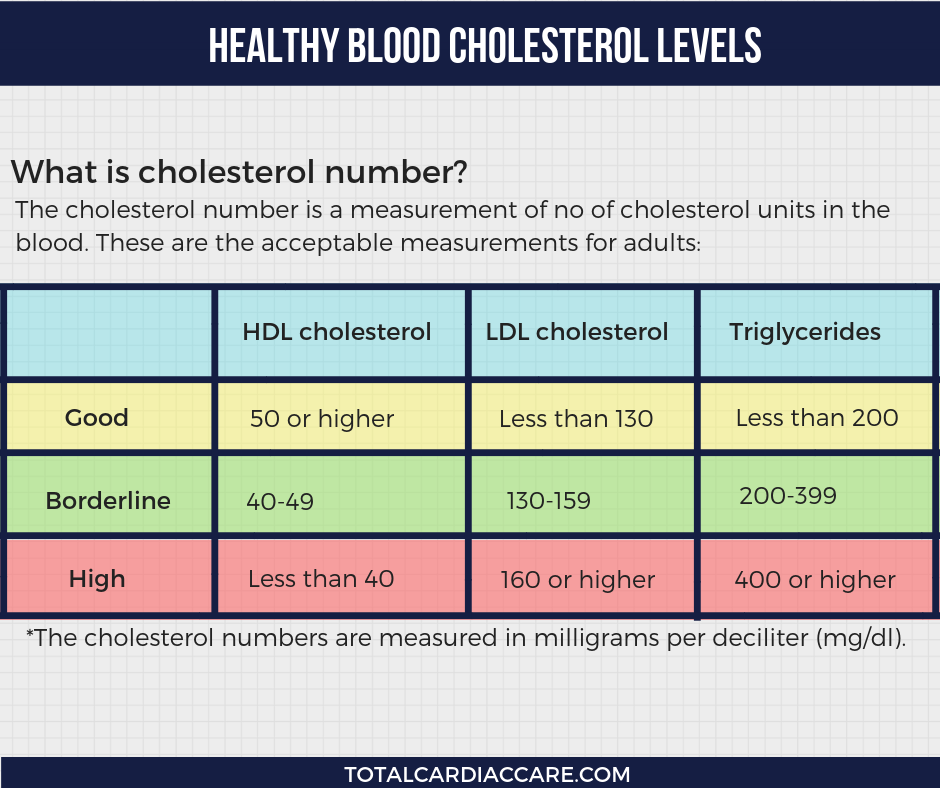
 This suggestion does NOT apply to children under the age of 2. Saturated fat should be kept to less than 10% of daily total calories while trans fat should be avoided. For children in the high-risk group, saturated fat should be restricted to 7% of total calories and dietary cholesterol to 200 milligrams a day.
This suggestion does NOT apply to children under the age of 2. Saturated fat should be kept to less than 10% of daily total calories while trans fat should be avoided. For children in the high-risk group, saturated fat should be restricted to 7% of total calories and dietary cholesterol to 200 milligrams a day.
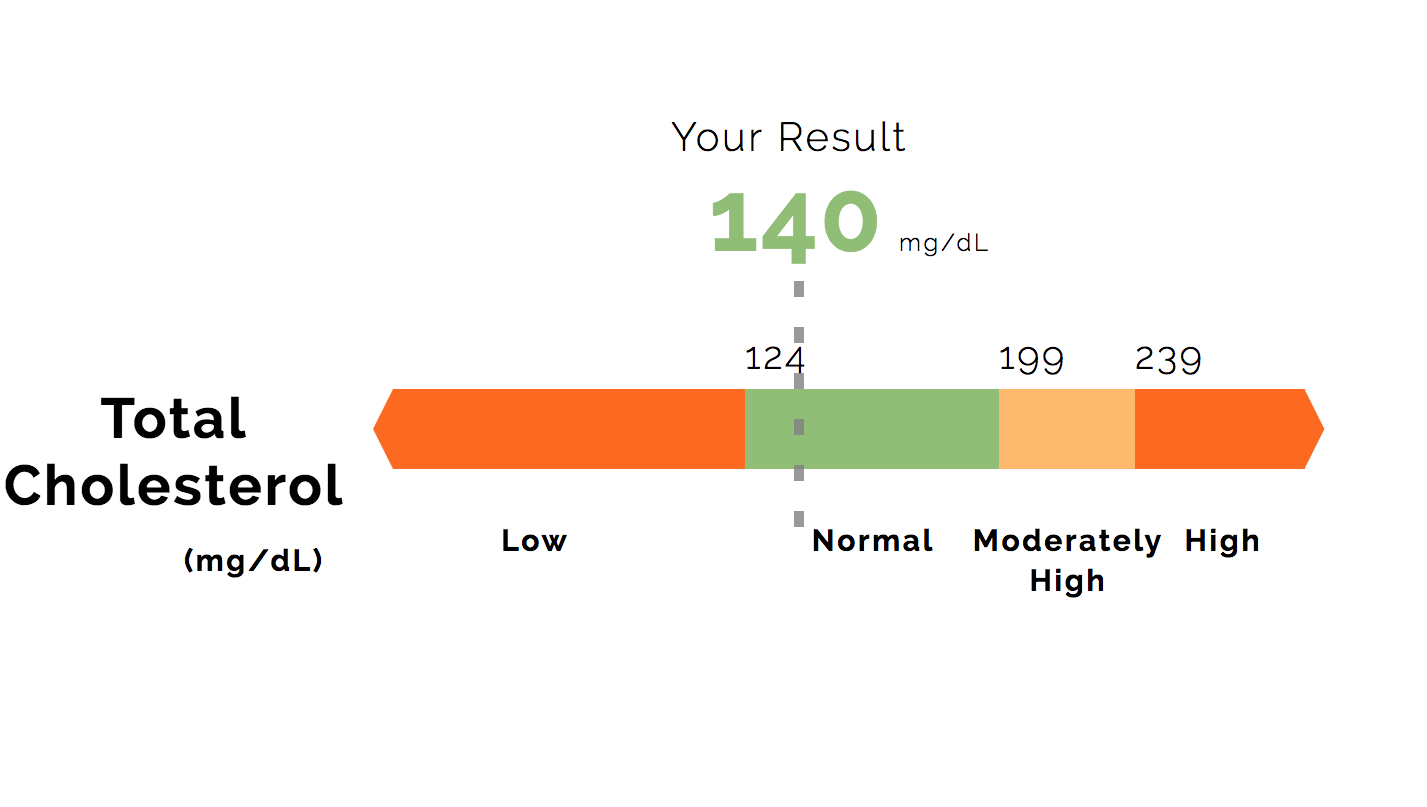 The legume family includes beans, peas, chickpeas and mung beans.
The legume family includes beans, peas, chickpeas and mung beans.
 8 to 3.7 mmol/L.
8 to 3.7 mmol/L.